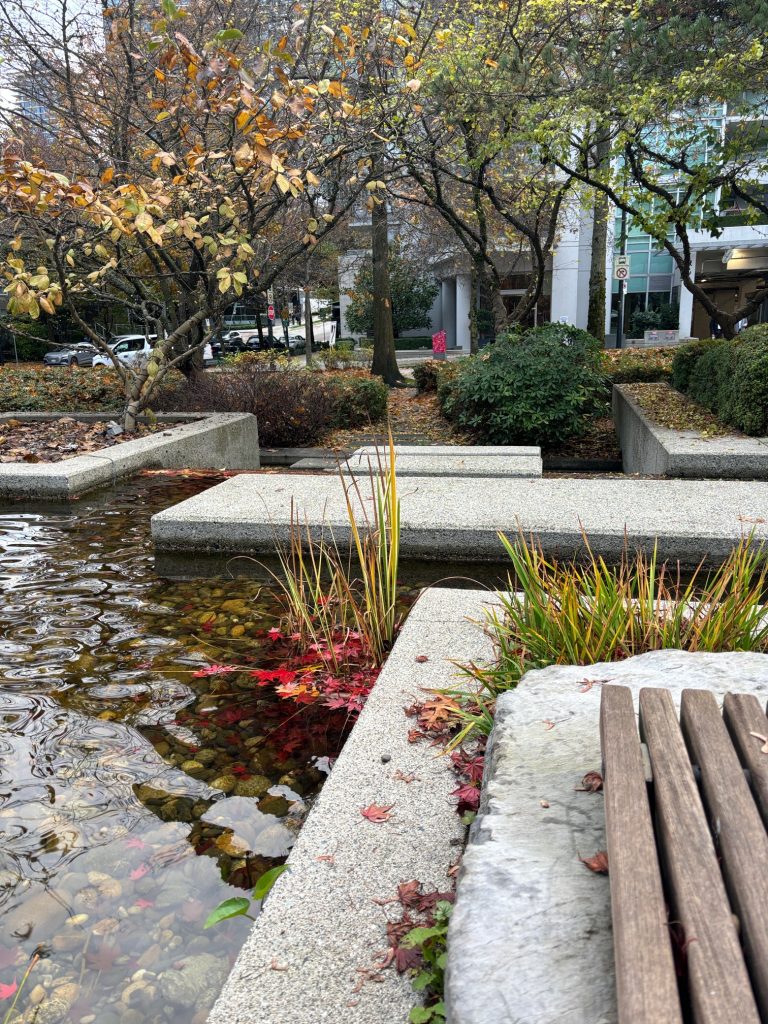
As climate scientists sift through data, many point to an intensifying marine heat wave — a so-called “blob” of warmer-than-average ocean water in the Pacific — as a critical driver of extreme heat on land.
Over the past several weeks, persistent high-pressure systems over the northeastern Pacific have trapped warm air and inhibited rainfall. The result: thermometers across coastal and interior regions have flirted with or surpassed historic highs, drought stress is deepening, and local ecosystems are under pressure. Meteorologists say the pattern resembles previous marine heat events, but this one shows signs of being more intense and longer lasting.
The ocean anomaly, already nicknamed the “Pacific Blob” in climatology circles, refers to a region of surface water temperatures significantly above the norm. Such anomalies have implications beyond mere numbers: they can alter atmospheric circulation, influence storm tracks, and suppress marine life essential to coastal ecosystems and fisheries.

In recent weeks, the blob’s warm waters have appeared to strengthen the offshore ridge that funnels hot, dry air inland. Days with oppressive humidity and little chance of cooling breezes have become more frequent. Urban centers recorded heat advisories, with some interior locales reaching heat index levels that risk heat illness. At the same time, fire season indicators scrambled upward: vegetation moisture content slipped, and smoke from nearby wildfires degraded air quality.
Scientists caution that attributing any single heat wave to climate change oversimplifies the issue. But the growing body of evidence suggests that long-term warming trends are raising baseline temperatures and stacking the deck in favor of extraordinary extremes. In this case, the marine blob acts as an amplifier — tipping marginal summer days into dangerous territory.
For marine ecosystems, the impacts have been severe. Fisheries report earlier-than-usual shifts in species migration. Mollusks, kelp forests, and plankton communities are stressed by warmer, oxygen-poor waters, threatening the food web that supports coastal fisheries and seabirds. In some communities, shellfish die-offs and changes in fish catch patterns have already drawn anxious attention.
Beyond ecology, there are direct human consequences. Heat stress in agriculture, for example, has reduced yields in crops not adapted to prolonged heat, and irrigation demand has surged. Urban infrastructure is tested: transportation systems buckle under heat, and emergency cooling shelters have been activated in vulnerable neighborhoods. Medical services report spikes in heat-related illnesses, especially among seniors.

As news media and local governments scramble to respond, many climatologists emphasize that we may be entering a new normal. The Pacific Blob is not a novel idea—scientists have documented previous ones—but the frequency, scale, and persistence may be shifting upward under a warming climate.
Looking ahead, predictions from ocean and atmospheric models suggest the marine heat anomaly may linger into the fall. That raises the possibility of compounded effects: warmer winter storms, altered precipitation patterns, and a longer fire season. Those same models underscore the importance of reducing greenhouse gas emissions and investing in resilience: from better heat-vulnerable infrastructure to more robust ecological monitoring.
In communities from Vancouver to San Francisco, public officials are already rethinking planning. More shade infrastructure, flexible cooling centers, drought contingency steps, and early warning systems are being touted as essential. Yet even the best adaptation cannot fully shield against the ongoing pressure of climate extremes.
The heat wave of summer 2025 is already a headline — but its deeper story may be one of transition. With a Pacific Ocean anomaly now clearly linked to chain reactions on land, the era of passive weather watching seems over. Instead, coastal regions must prepare for a future where the sea and sky conspire to test the resilience of both nature and civilization.
